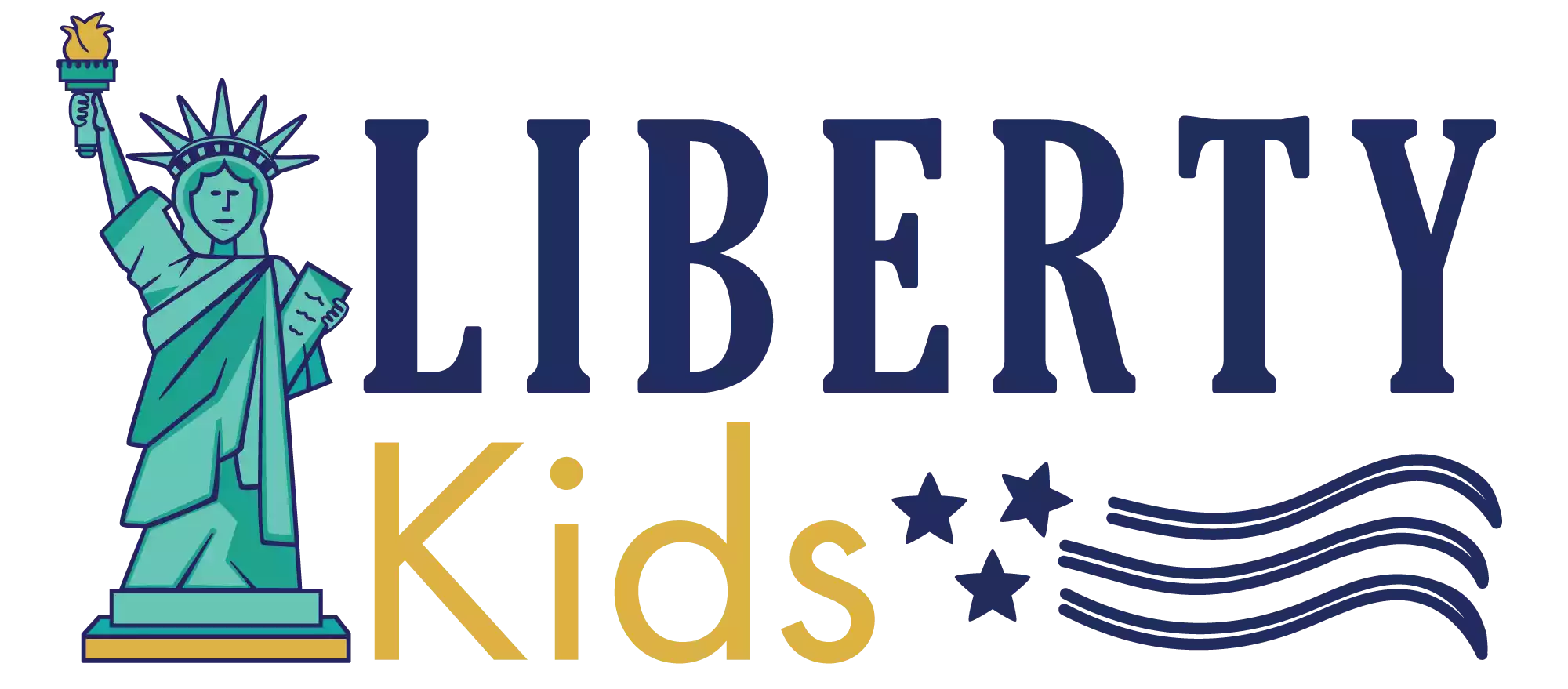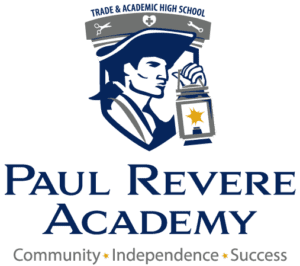
The Extracurricular Activity Tax Credit: An Underutilized Tool for Funding Students' Enrichment
** Disclaimer: The participants in American Classroom are not Certified Public Accountants (CPA) or tax attorneys and this podcast is not intended to be accounting, tax, or legal advice. The information presented here is for general informational and educational purposes only and should not be taken as a substitute for professional tax advice. It is highly recommended that you consult with a qualified accounting, tax, and/or legal professional for personalized advice regarding your specific situation.
What is the Extracurricular Activity (ECA) Tax Credit?
The Extracurricular Activity (ECA) Tax Credit is an innovative program currently available in Arizona and a handful of other states nationwide. This tax credit empowers taxpayers to help improve public education by donating up to a set amount directly to local K-12 schools’ extracurricular programs. Taxpayers can then take a dollar-for-dollar state tax credit on their returns for those donations made.
In Arizona, individuals can donate up to $200 per year while married couples filing jointly can donate up to $400 per year. Some states allow higher credit limits such as $250 per individual filer or $500 per couple. Regardless of the state, the ECA tax credit allows ordinary citizens to become investors in public education without having to dig into their own pockets. Arizonans have utilized ECA tax credits annually to help fund field trips, sports programs, band uniforms, robotics clubs, and more.
What Extracurricular Activities Qualify for ECA Funding?
Any fee-based activity offered by a public district/charter school qualifies under Arizona’s ECA tax law. This covers not only traditional high school sports leagues, plays, and band programs but also STEM clubs, language immersion trips abroad, driver’s education behind-the-wheel lessons, AP Exam fees, and even college dual enrollment tuition. As long as families have to pay fees to participate, those fees can be covered using ECA contributions. Plus, while the tax credit itself is only claimable on state taxes, the donated amount can also be written off for federal tax savings.
The ECA tax credit creates a win-win-win allowing taxpayers to direct funds to schools of their choice, easing the burden on school budgets and reducing families’ out-of-pocket activity expenses. With creative promotion, students can leverage these community dollars to access experiences that profoundly expand their access to opportunity.
How Can Families Use the ECA Tax Credit Strategically?
In a recent episode of the American Classroom Podcast, mom of 6 and school volunteer Rebecca Jennings joined hosts Jared Taylor and Lindsey Crosland to share creative ways she has leveraged the ECA tax credit over the years to help fund her kids' extracurricular activities. She provided several strategic tips for other families looking to take advantage of this tax-savvy education funding method:
- Tap into your support network beyond just immediate family: Reach out to neighbors, church community members, extended family, and other community contacts who may be eager to support local students but don't know how. Provide them with easy instructions for how to direct their ECA contribution.
- Make the "ask" in the late fall/early spring when people are thinking about taxes already: Asking in December when people are already feeling generous or January - April when taxes are top of mind can increase success.
- Have students send personalized outreach and follow-ups: Kids can send emails, make phone calls, write cards, etc. to help contributors feel meaningfully connected to the students they're supporting.
- Keep track of supporters from year to year and provide updates on how their past contributions were used: This helps build relationships and makes people feel good about continuing to contribute each year.
- Set a participation goal based on total fees needed to be divided by the $400 max credit: If you need to raise $2000, you'll need 5 married couples to max out their credits. Breaking it down makes the task feel more manageable.
The Benefits of Extracurricular Involvement
Funding field trips, sports, music lessons, robotics club, language immersion trips, and other activities beyond the walls of the classroom provides immense benefits for students including:
- Experience-Based Learning: Extracurricular activities serve as living textbooks. When students visit Colonial Williamsburg, they walk in the footsteps of early American patriots and engage history with all their senses. Hands-on experiences powerfully catalyze and reinforce classroom learning.
- Exposure to New Cultures and Perspectives: Activities like world language trips, cultural festivals, museums, and more allow students to expand their cultural literacy and global awareness. They gain an appreciation for many amazing worldviews. The exposure builds open-mindedness, compassion, and mutual understanding as students interact first-hand with people whose experiences differ from their own.
- Relationship-Building: Through sustained extracurricular involvement, students build meaningful relationships with peers, coaches, teachers, mentors, host families, and more. These connections foster a sense of belonging, community, and rootedness. Students internalize that they are cared for, supported, and encouraged by many positive role models.
- Life Skills Growth: Students build diverse cognitive and non-cognitive skills such as teamwork, time management, leadership, creativity, resiliency, focus, and determination through extracurriculars that stretch them beyond a rigid academic setting. These activities provide the perfect testing ground for students to develop social capital and other essential life skills.
- Passion/Purpose Discovery: By exploring different interests and uncovering hidden talents, extracurriculars can help students pinpoint passions that spark deep joy and excitement within themselves. Identifying these areas of intrinsic motivation gives students a North Star to guide their development and long-term goals. Research shows having a sense of purpose boosts drive, fulfillment, and achievement.
In our increasingly complex, globally-connected world, students need opportunities outside traditional academics to build citizenship, emotional intelligence, and self-knowledge to actualize their highest potential and positively contribute to society.
The ECA tax credit system gives families, relatives, neighbors and community members the opportunity to come around students and support their development. So whether it’s the local high school’s theater program you want to back, or your niece’s marching band trip, you can contribute knowing every dollar will help unlock the life-changing benefits of enrichment for young learners.
If you are interested in learning more about the ECA tax credit and how you can allocate it to Heritage Academy Schools please visit: https://heritageacademyaz.com/tax-credit/
For more information on the Arizona Public School Tax Credit click the following link: https://azdor.gov/tax-credits/public-school-tax-credit
For more information on other tax credits and deductions in the USA click the following link: https://www.edchoice.org/school-choice/types-of-school-choice/how-do-k-12-education-tax-credits-deductions-work/




















Comments